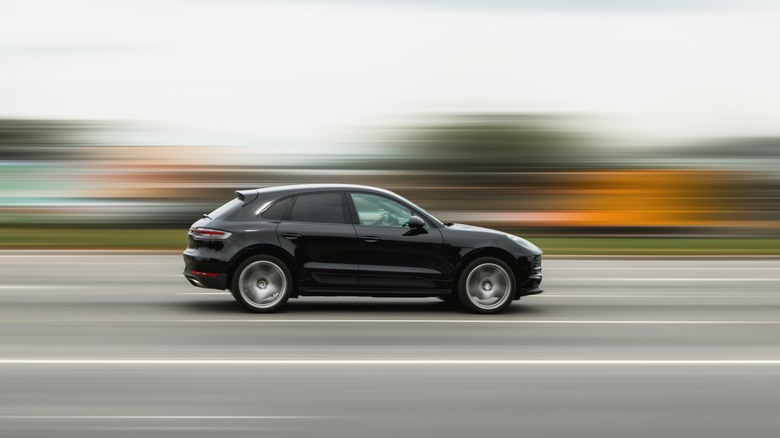Why Do Car Wheels Look Like They're Spinning Backwards At Higher Speeds?
While watching a car drive in movies or even in real life, have you ever noticed that the wheel appears to be spinning backwards? This is especially apparent when the vehicles are travelling at a higher speed. There is actually quite a bit of science behind this phenomenon. It is called the wagon wheel effect, and it happens due to the complex way our brain processes images.
The wagon wheel effect is not limited to just the wheels of a car or a vehicle, but other things as well, like the blades of a ceiling fan or the propellers of an aircraft. The effect is very apparent when we are looking at things through a camera, but things get a little complicated to explain when we talk about looking at this happening in continuous light. This is known as the stroboscopic effect.
This effect is very easy to interpret and explain when we are talking about filming a moving wheel and looking at the footage of it, but it gets a little more complicated when we talk about our brain's perception of images in continuous light. In the end, it all comes down to a very common word in the filming industry known as frame rates.
How does it work?
The wagon wheel effect is very prevalent when we use cameras, and that's mainly due to frame rate settings. Frame rate is referred to as the frequency of images displayed in a particular amount of time, usually a second. This is how we achieve a video out of images. As an example, most movies are shot at 24 fps, so if the camera is shooting at 24 frames per second, and the wheel falls just shy of rotating in that amount of time, then the wheel appears to go the opposite of the direction of motion.
This is because our brain picks up the minimal difference between the two frames. If the frame rate matches exactly when the wheel completes a rotation, it would look like if the wheel is stationary. Frame rates are also the reason why you may see LED lights flicker on camera. For this to happen in real life and in continuous light, a lot more theories come into place. There are two of them that explain the effect when we see wheels spinning backwards in real life. The first one is very similar to how a camera works.
Our brain interprets the still images of the object like the frame rate in a video, and thus causes our eyes to function at a particular frame rate. The second one explains the effect by stating that our brain analyzes an image by creating different interpretations of it, and that determines how we see things in the real world. In simple terms, there are multiple ways that our brain interprets an image, and it creates somewhat of an illusion as to what the real image is.

